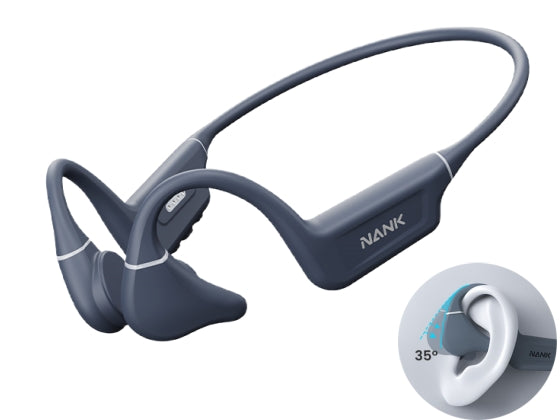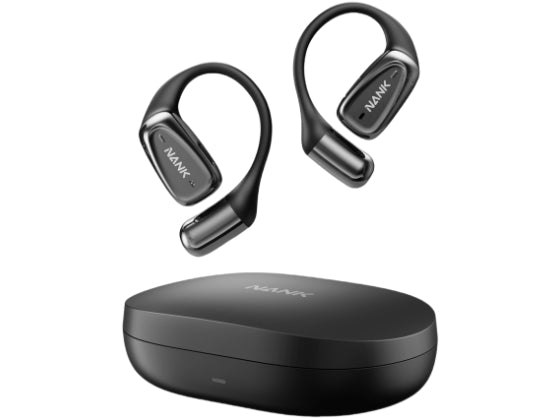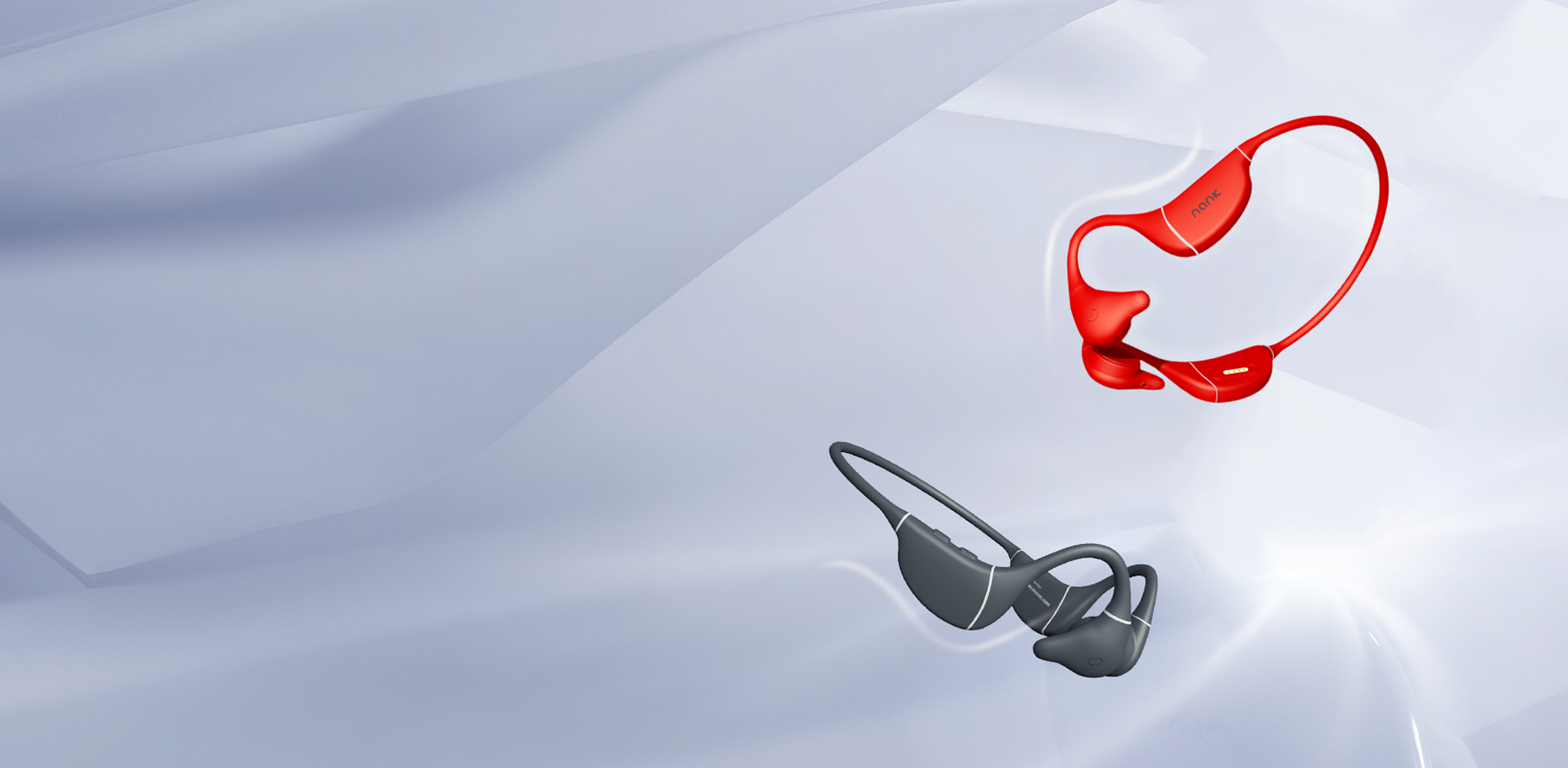A pitch in music is the occasional sound per second that produces a wavelike air displacement.
Measurable in Hertz (Hz), frequency determines the tone of a sound whereby the high pitch is obtained through high frequency and low pitch through low frequency. Thus, frequency comprehension is significant, particularly regarding the acoustics of headphones.
This guide is for you if you are thinking about sound frequency. Furthermore, we will discuss “low-frequency sound,” “high-frequency sound,” and “differences in sound frequency. ”

What is Frequency?
The frequency and the scope of sound waves are the number of times a sound wave performs one complete cycle within one second. It is measured in Hertz, commonly abbreviated as Hz, and the standard reference is one Hz equals one cycle per second.
This means that the pitch of a sound depends on the number of oscillations in a given time; when these oscillations are many, and therefore the frequency is high, the sound produced will be high-pitched, while a low frequency means fewer oscillations and, thus, a low pitch sound.
The frequency of a sound determines its pitch. To summarize this information, pitch, and frequency have a positive correlation.
Frequency plays a vital role concerning sounds and directly connects with the pitch of a sound. For example, the sound wave with 440 cycles per second is recognized as A4, which is the standard pitch. Those below 20 Hz are felt more than heard and considered infrasonic. On the other hand, a frequency that ranges beyond 20000 hertz is referred to as ultrasound and cannot be heard by the human ear.Uses Of Low-Frequency Sounds
Low-frequency sound include hiss, hum, buzz, mechanical noises, and engine sounds. These are some of the uses of low-frequency sound:
- The bass in a musical instrument,
- Communication and sonar, and
- Medical Imaging scans.
- In music, the bass creates depth and gives it temporal dimensions, giving the listener a greater feel for real-life music.
Other elements are used where low-frequency sounds are required to pass through walls; similar barriers exist in some communication appliances. MRI and other diagnostic medical imaging also employ low-frequency sound waves.

Uses Of High-Frequency Sounds
High-frequency sounds are characterized by their sharp and piercing nature. Examples include sirens, whistles, bird chirps, mosquitoes and certain instruments like cymbals and flutes.
High-frequency sounds are also used in numerous technological applications.
- Ultrasound technology, for example, uses high-frequency sound waves to create images of the inside of the body, which is commonly used in medical diagnostics.
- Sonar technology relies on high-frequency sounds to detect objects underwater.
- High frequencies also play a role in the precise transmission of data in telecommunications.
What is the Frequency Response of Headphones?
Frequency response is a measure of the ability of a particular pair of headphones to produce specific tones.
This range is usually expressed in Hertz and shows the minimum and maximum frequencies the headphones can handle. Broad frequency response is the ability of the headphones to produce unbelievably low and unbelievably high-pitched tones, which makes the experience of the sounds extraordinary.

Why Do Different Headphones Have Different Frequency Responses?
The maximum frequency produced by each pair of headphones will be different. It is crucial to determine the desired frequency response, which significantly affects the type of headphones being used by the frequency of use and quality.
- Bone Conduction Headphones: Due to their concept, these headphones directly vibrate the skull, thus not using the eardrum. It is usually applied to deaf users and has a narrower frequency band than headphones.
- Wireless Headphones: Wireless headphones can come in various forms and are often portable; the sound frequency is usually very extensive; however, performance can also be limited by issues such as battery lifetime or wireless signal transmission.
- Over-Ear Headsets: These headphones typically have the highest frequency response and prominent bass and treble response. The headphones give a more precise sound quality, which explains why they are preferred by those who love sound quality and professionals in workplaces such as studios and call centers.
Choosing Based on Preference
Before choosing headphones, you should identify the different frequencies of sound you prefer. Determine whether you enjoy powerful bass or clear high tones.
- Audio quality: Select headphones that can effectively reproduce low frequencies if you prefer music with deep, resonant bass.Conversely, if you enjoy upbeat music with crisp, clear sounds, choose headphones that excel in covering higher frequencies.
- Health concern: If you're concerned about the potential damage caused by traditional headphones, bone conduction headphones offer a safer alternative. Unlike conventional earbuds that rest directly in the ear canal, bone conduction headphones transmit sound waves through the bones of your skull, bypassing your eardrums and inner ears,which helps protect your delicate hearing structures from damage while still delivering high-quality audio. Their secure and comfortable fit also makes it a great choice for fitness enthusiasts.
Sum Up
In conclusion, understanding the dissection of sound frequency and its impact on headphones is crucial for elevating your listening experience. By grasping the concept of frequency response and selecting headphones that align with your auditory preferences, you can indulge in your favorite music and sounds with unparalleled precision. Whether you're a bass enthusiast who craves deep, rumbling notes or a fan of high-pitched sounds that pierce the eardrums, knowing the intricacies of sound frequencies will allow you to tailor your listening experience to your unique tastes.
With this knowledge, you'll be able to appreciate the nuances of your music like never before. You'll be able to discern the subtlest details, from the rich, resonant tones of a cello to the soaring highs of a virtuoso violinist. Understanding sound frequencies'll unlock a new level of sonic appreciation, transforming your listening sessions into truly immersive experiences. So, dive into the world of sound frequencies, and discover a new dimension of auditory bliss!
FAQs
Q1: What is the range of frequencies that humans can hear?
A: The human ability to hear is usually pitched between 20 Hz and 20 000 Hz.
Q2: What is Beta wave?
A: The next constituent or second wave is called the Beta wave. Beta waves are another type of brain waves that occur during a state of wakefulness or active thought, and their frequency commonly ranges between 12 and 30 hertz.







![[2024 Updated] How to Choose the Best Headphones For Swimming](http://naenka.com/cdn/shop/articles/pexels-emily-rose-1076056-2062708_1.jpg?v=1721014065&width=1000)
